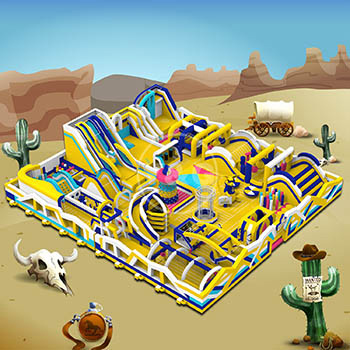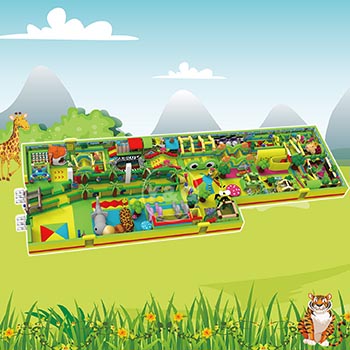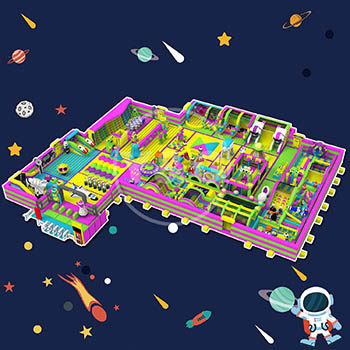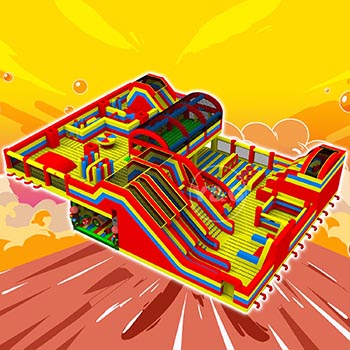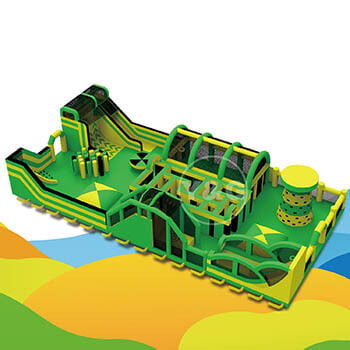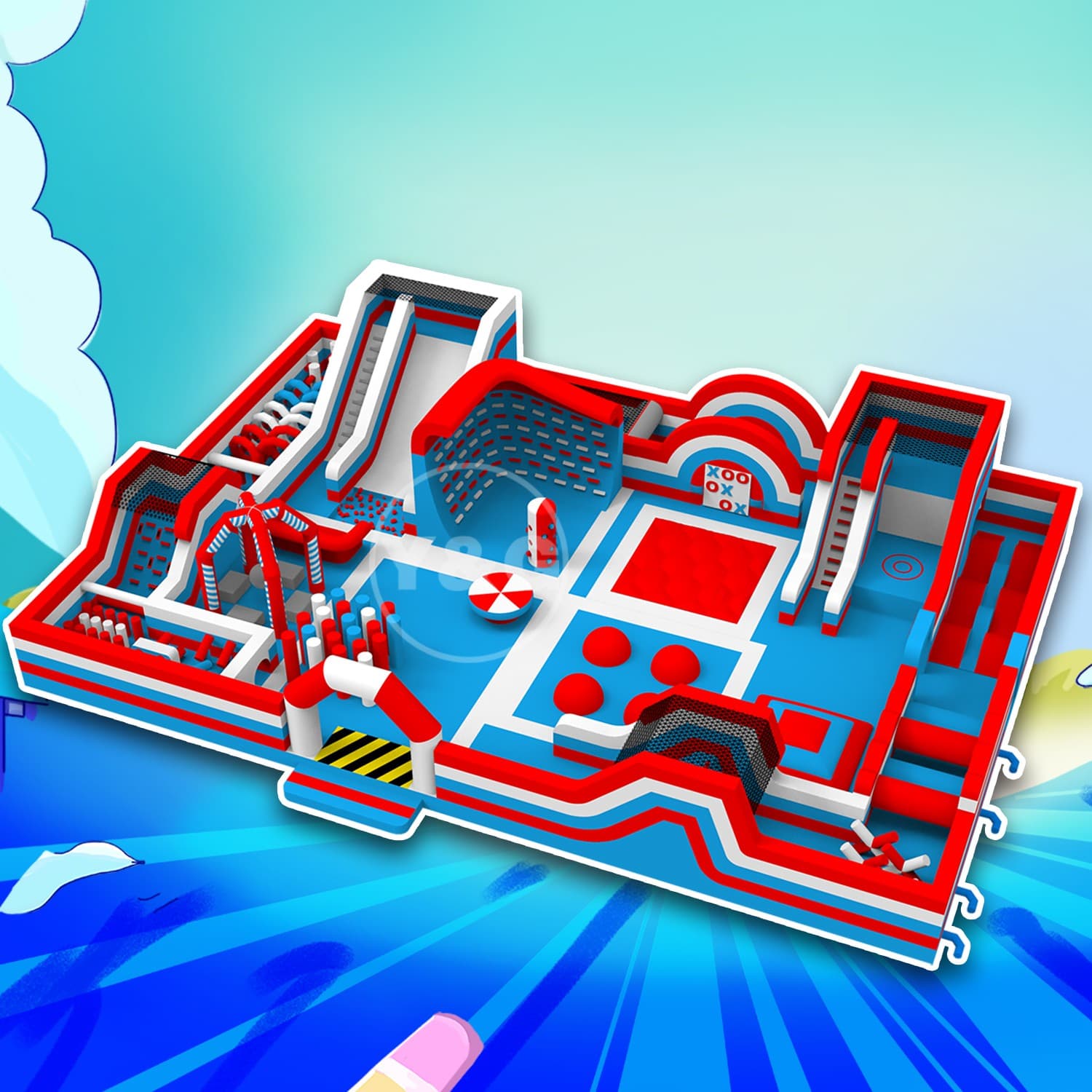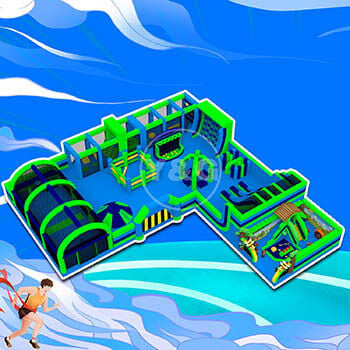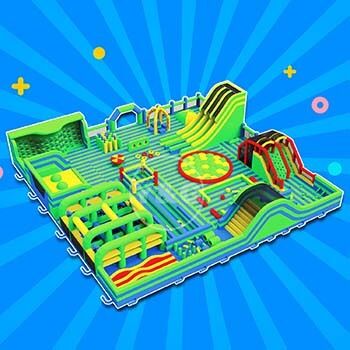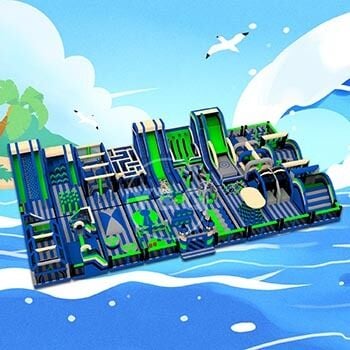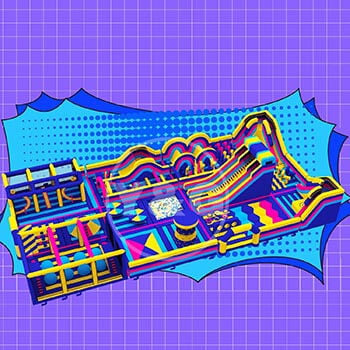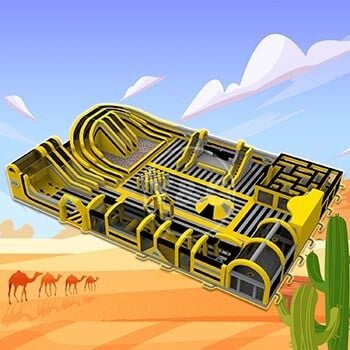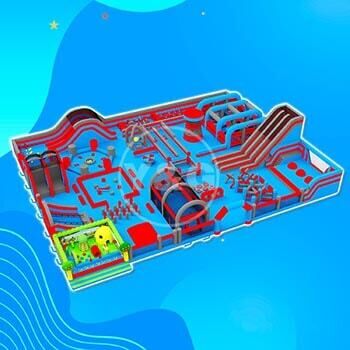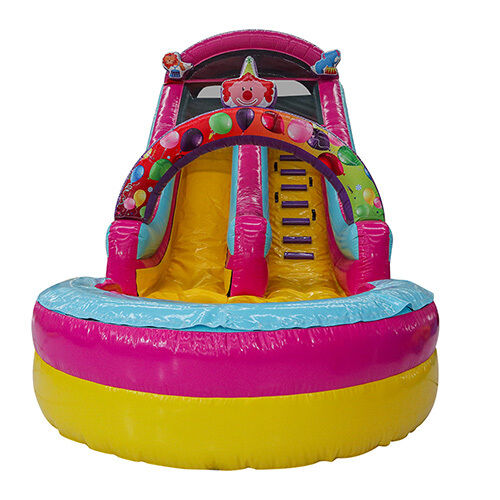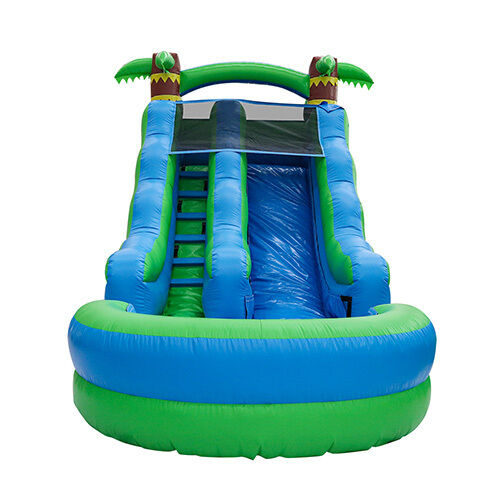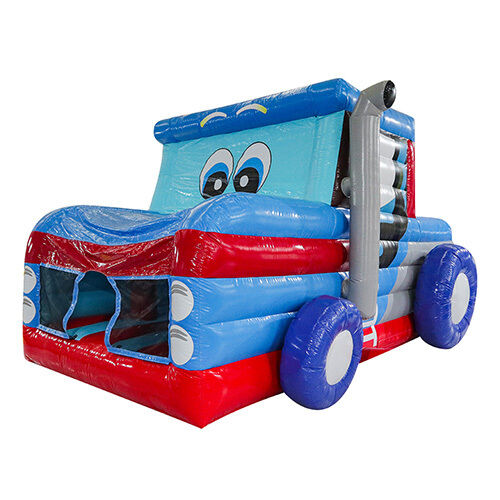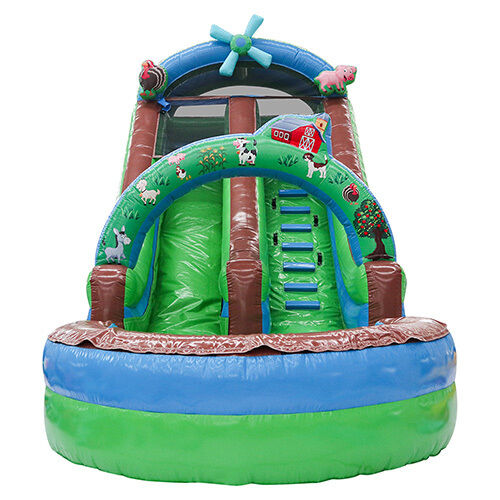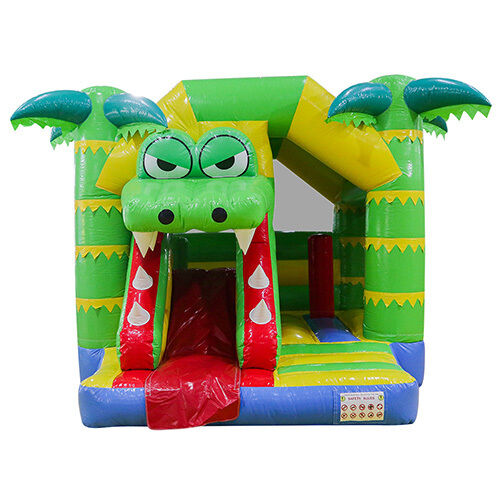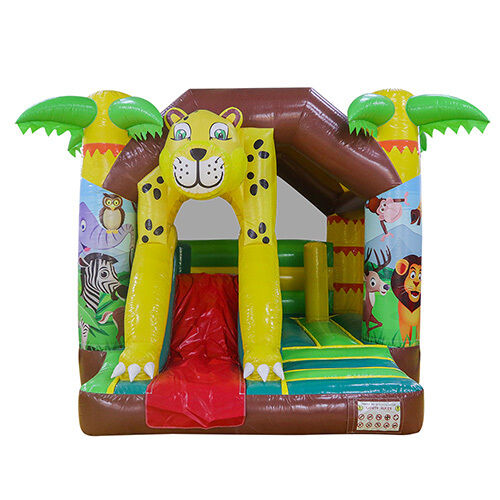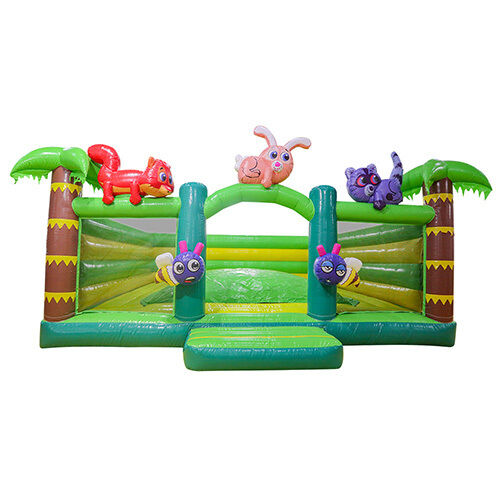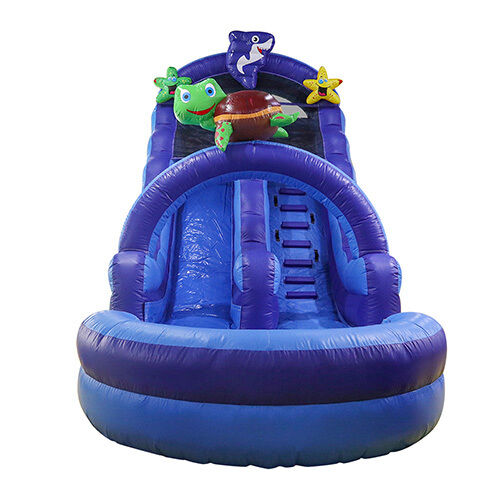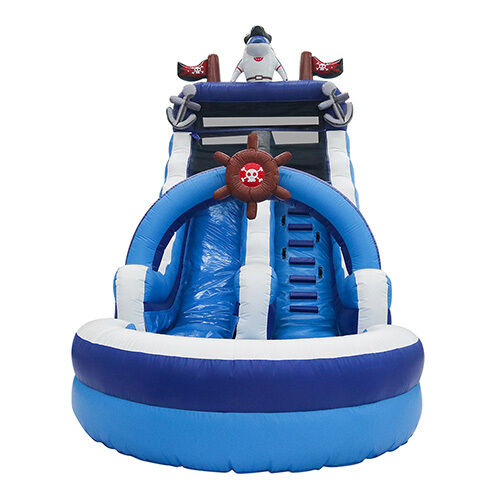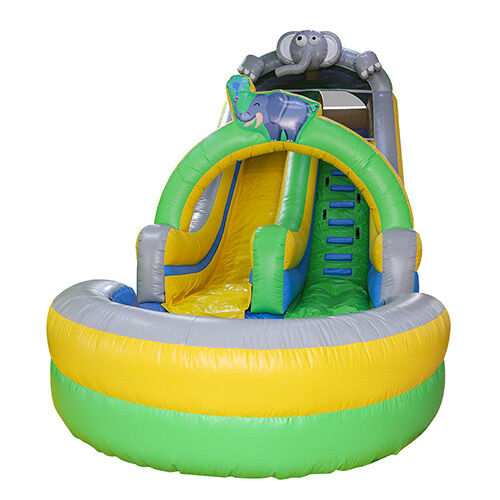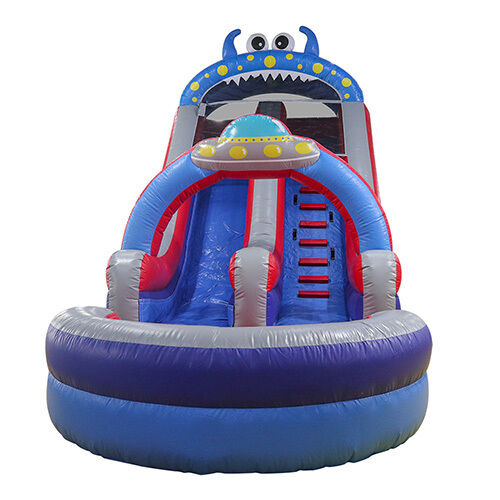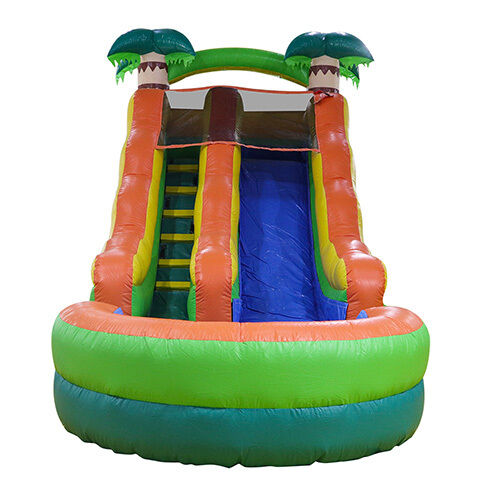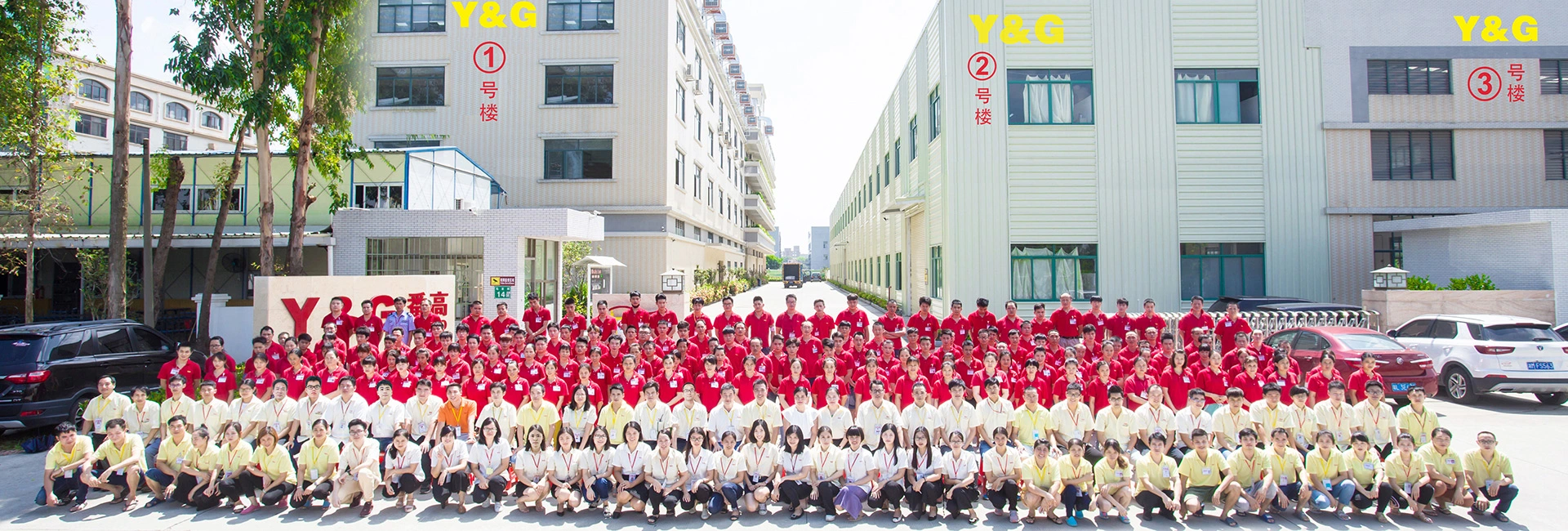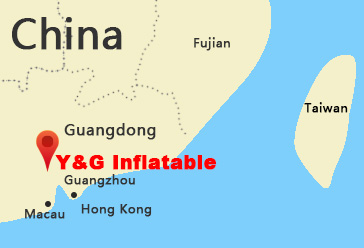The history of jumping castle
The bouncy castle was originally designed by university students in England around 1961 for a fundraising event. Bouncy castles are now available not only in castle shapes, but also in many others including popular cartoon, movie and childrens' book characters. New variations on the general design have resulted in inflatable slides, interactive games and climbing walls. The variety of shapes has made them popular with some installation artists.
The surfaces of bounce houses are typically composed of thick, reinforced PVC and nylon, and the castle is inflated using an electrical or petrol (gasoline) powered fan, known as a blower.
The biggest bouncy castle ever made was in Canada by two inventors they started in 1994 and finished it in 1996. Although it has never been blown up it is believed to have 61 floors in a height of 157 ft (48 m) and 400 ft (120 m) wide. Some people have valued it at $200,000 but health and safety officials have deemed it too unsafe to be used. There are 20 obstacle courses and one giant slide which is believed to be over 100 ft (30 m) high with two drops in the middle of it causing even more speculation it will be demolished. Other features include zip wires, ball pits, a main stairwell and balconies.

